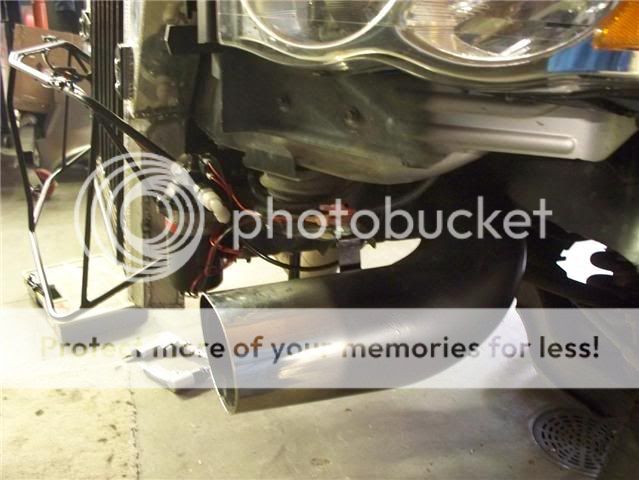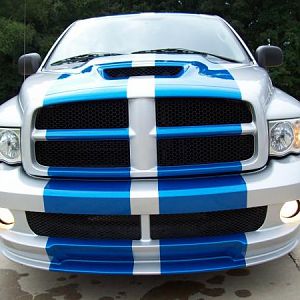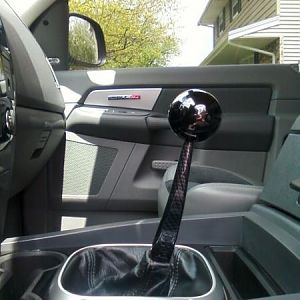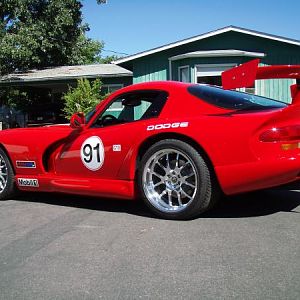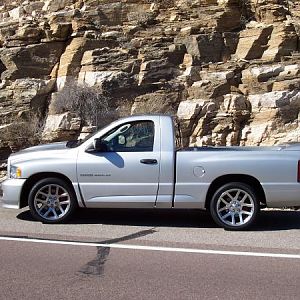- Joined
- Feb 1, 2008
- Messages
- 522
- Reaction score
- 0
FSTJACK said:Where did you come up with the numbers that you posted ?
I calculated them using the Bernoulli equation taking the air speed to be vehicle speed and then calculating the maximum compression the air could possibly undergo by stopping the flow all the way down to zero. In actuallity, the air would still be traveling into the intake, so it would pressurize even less, but I just wanted to calculate what the maximum pressure possible would be. Here is the equation:
The gravitational change is 0, and the specific heat ratio is 1.4. I just solved the equation for P.



